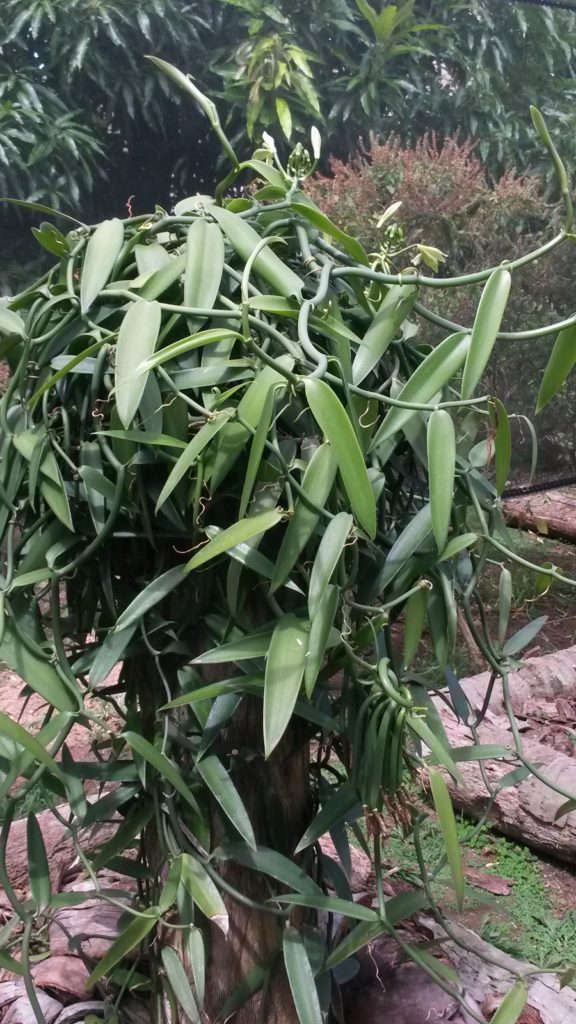Testimonials
Sindy in Ontario, Canada
Testimonial on her tomatoes.
I was experimenting with the hydroponic concept with Be+ fertilizer, another hydroponic concept using miracle gro, and a soil concept using Be+ fertilizer.
The attached pictures are my results from seed to seedling in just 30 days, from top to bottom:
Hydroponic using Be+ fertilizer

Pictures 1, 2, 3, 4 –
Seeds sprouted 2 days before Soil method and 3 days before Miracle grow method. After 30 days the plants were 20% larger vs the soil method, and 50% larger then the Miracle grow method. Be1 fertilizer was the best method, as I had very strong stems (thick), and color was dark green. Foliage was beautiful with small hairs growing on them. I noticed the plants having no soil surrounding the roots, they were not restricted and obviously able to grow faster. They were the biggest plants out of my experiment.
Hydroponic method using unnamed major synthetic big box store brand.
Picture 5, 6 –

Seeds sprouted 3 days after the Be+ hydroponic method and 1 day after soil method. Plant stems were 50% shorter than using Be+ fertilizer in the hydroponic method. I notice 5% of plant hairs vs the Be+ hydroponic method, and the stems were slightly thinner, colour was a lighter green, and growing was not as quick as using Be+ fertilizer. Roots were 80% shorter.
Soil method using Be+ fertilizer
Pictures 7, 8, 9 –

Seeds sprouted 2 days after the Be+ hydroponic method and sprouted 1 day before the miracle grow method. Plants were growing beautifully, roots were coming up the stem, and stem was stront (thick), but only a slight difference in stem length vs the Be+ hydroponic method. The leaves were a dark green color, with leaf hairs visible.
Conclusion:
Overall my experiment showed that planting seeds and growing them to seedlings, before planting out into a garden, shows that the hydroponic method is superior to the soil method. For those who do not have a hydroponic system, the second best choice is using the soil method. Both plants were strong and healthy, foliage dark green, plant hairs growing nicely, stems thick, and roots with many plants made its way up the bottom part of the stem, obviously I had amazing results. I do not recommend using Miracle grow or similar chemical fertilizers, as you will not get the same results, and it is not a natural plant food, plus eating from fertilizers that are made mostly in a lab, would not be the best to ingest into your body. I am impressed with the Be+ Granules, and I even cut back my fertilizer using 50% less of the recommendation while fertilizing the water the roots grew in, along with fertilizing the soil with every watering. Once I plant my seedlings into my outdoor garden, I will use the recommended dose. I am impressed with the results I received, and I will always buy Be+ fertilizer for any future endeavors. Thanks Be!
Lucy’s Christmas Cactus (Oregon)

The Be-1 Pellets saved my precious Christmas Rose. Handed down to me from my mother, my 30+ year old plant was drooping and sickly looking like I had never seen and I was afraid of losing my family heirloom. Then I found the Be-1 Pellets.
From the description, I thought it is more intended for outdoor plants, but reading about the beneficial microbes, I decided to give it a try. The first thing I noticed is that there is hardly any odor, just a slight sweet-earthiness, so perfect for indoors! After a few days, my plant perked up. After 3 weeks, I had new growth all over the plant, like I had never seen before! Thank you, Be-1.
Vanilla Matahiti – Vanilla bean testimonial (Tahiti)


“La Orana!” from organic vanilla grower partners in French Polynesia (Tahiti), these vanilla plant pictures are from shade houses on a 500 m2 (5300 sf) organic vanilla farm on the island of Ua Pou, in the Marquesas Islands.
In Tahiti, they specialize in growing premium vanilla orchid plants and the variety is Vanilla tahitensis. Its cousin Vanilla planifolia is grown primarily in Madagascar and known as “Bourbon” vanilla, but the Tahiti variety is more oily, more plump and has many seeds per bean, making it the variety of choice for gourmet pastry chefs and cuisine.
The plants in these pictures are given 50 grams (3.5 tablespoons) of Be-1 per month per plant. They found that Be-1 helps increase the amount vanillin rate upwards of 2- and 3-times over vanillin produced in plants on neighboring farms.
Most vanilla plantations use 12-12-17 NPK conventional fertilizers. The pictures are organic farmers using compost made with woody matter, hibiscus leaves and roots and coconut husks.After 24 months since planting, the pods on these plants have about 9 more months to go before ripe, about one year earlier than normal for a first harvest.
Thank you Vanilla Matahiti and de La Vanilleraie for the photos!
Manuia!

Charles Wood (Anchorage, Alaska)
I have had this plant for at least 12 years and it blooms a couple of times a year, but not for two months straight. I started using this Be-1 product once a week for my plants about 6 months ago …
Thanks Charles…the blooms are beautiful. Doesn’t Alaska have nearly 24-hours of darkness in mid-Winter? … that makes your blooms even that much more amazing!


